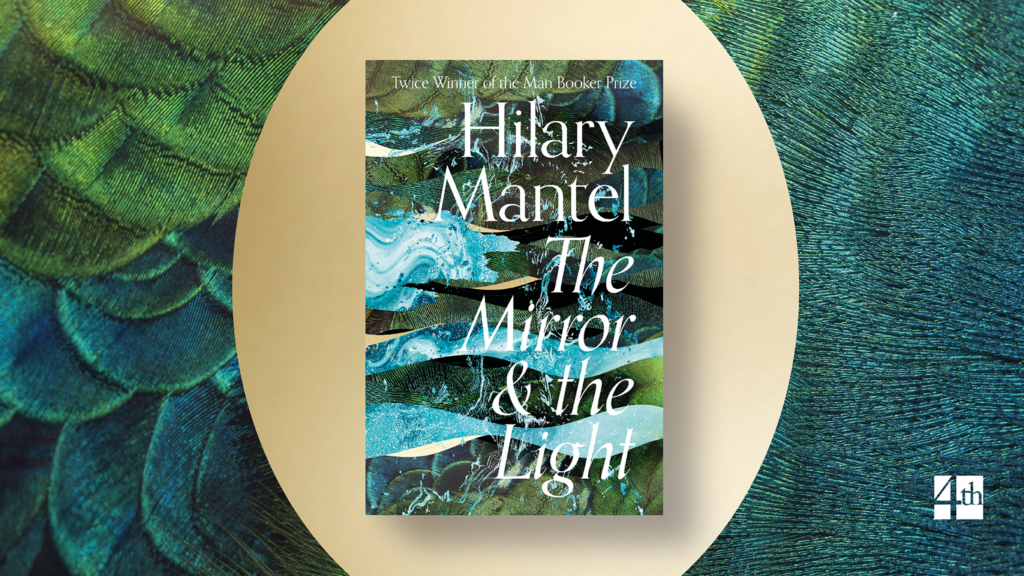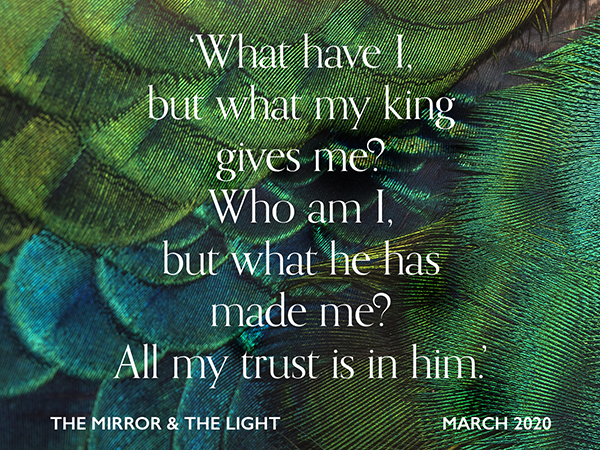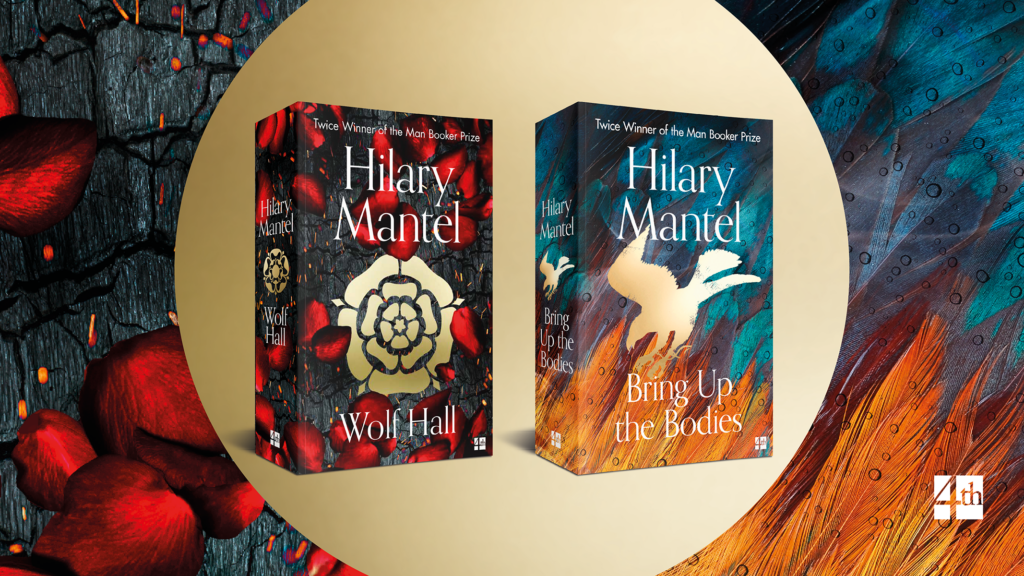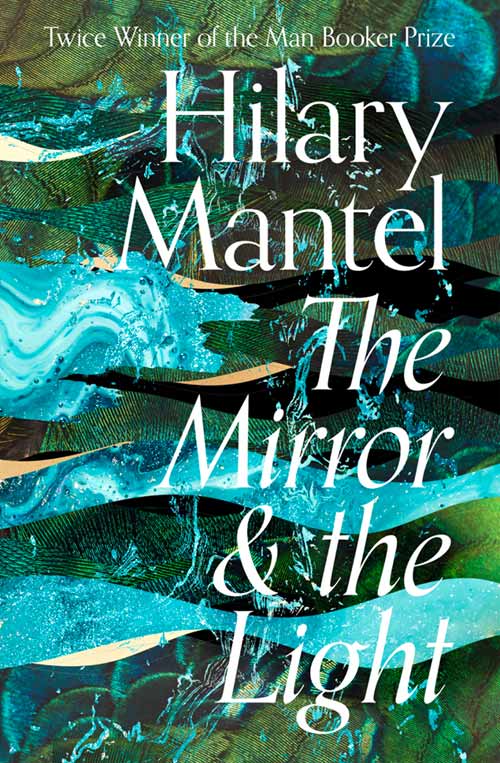On The Hunt
Animals and their natural tendencies, a common feature of sixteenth-century allegory, pepper both novels, both in actual presence and rich metaphor.
Before they left Esher, one of the cats that had been brought in to kill the vermin gave birth to a litter in the cardinal’s own rooms. What presumption, in an animal! But wait – new life, in the cardinal’s suite? Could that be an omen? One day, he fears, there will be an omen of another sort: a dead bird will fall down that smoking chimney, and then – oh, woe is us! – he’ll never hear the last of it.

Selfish, vain and manipulative, Anne Boleyn is frequently seen as a cat by Cromwell, with her sister sharing those feline tendencies and ‘flashing claws’; by the second book, the whole Boleyn family are ‘sleek cats, lolling in their seats and preening their whiskers’, and before Anne’s death, Cromwell thinks of ‘how a dying lioness can maul you, flash out with her claw and scar you for life’. The Spanish Ambassador Chapuys, on the other hand, has the conviction of the Vatican behind him, reassuring Cromwell, ‘She is no lion, and no more than one of your London cats that sing on rooftops.’
The dogs of the books, on the other hand, are the symbols of domesticity and loyalty: they live to serve, occasionally suffering violence and humiliation for that service. Anne Boleyn’s father, furious with what he sees as the failures and complicity of Cromwell and Cardinal Wolsey, sneers at Cromwell that he is a ‘butcher’s dog’, an insult that both Wolsey and his servant recognise as a truth that is no insult at all. Yet by the end of the first volume, there are reminders that dogs can turn, that even a faithful dog may bite its master’s hand. Later, loyalty is repaid with death, when Anne’s precious puppy Purkoy is thrown from a window. In Bring Up the Bodies, the dog has had its day – the cats of the Boleyn family are temporarily on top.
But the dominating animal is the bird, in all its forms: herons, woodcocks, swans, ravens, hens, and ducks all make an appearance. Throughout the second volume, the Ambassador caws, Cromwell’s men flap their arms in the cold, Anne’s ladies flock, chattering, Cromwell dreams of the King’s hat ‘roosting like a bird from paradise’, doves gather at Rafe Sadler’s new home, the Boleyns call their own name over and over ‘like cuckoos’, hens are bitten and shredded as the fox enters the hen house, a ‘mulch of scarlet feathers plastered over the floor and walls’.

Peacocks appear to remind Cromwell of innocence – early on, in memories of his lost daughter, Grace, and her treasured Christmas wings, but by the end of the book those peacock wings are objects which must be disposed of, spoiled, tawdry, less valuable than he’d previously thought. Crows and ravens present themselves too, in the form of London lawyers in their black winter gowns, the women in Anne’s chambers (‘She orders her women out: a vehement gesture, a child scaring crows. Unhurried, like bold corvines of some new and silky kind, the ladies gather their trains, flap languidly away; their voices, like voices from the air, trail behind them: their gossip broken off, their knowing cackles of laughter. Lady Rochford is the last to take wing, trailing her feathers, reluctant to yield the ground’), and in the Tower, a harbinger of death for Anne, as she hears ‘just the flap of a raven’s wing, and its voice above her, startling in its human quality’.
It is the falcon, however, which hovers over the second book. Combining aspects of cat and dog – it can be trained, it will serve, but it is also a vicious, bloody hunter with its own view of the landscape, taking pleasure in killing – the falcon was Anne’s symbol as Queen. Early on, Katherine’s pomegranate sign is destroyed across the path of the King’s tour, and Anne’s falcon hastily painted in. The book opens with violent descriptions of Cromwell’s children ‘falling from the sky’ – in fact, his falcons have been named for his dead daughters and wife, all three resurrected in the form of pitiless creatures, seeing ‘a flittering, flinching universe, a universe filled with their dinner’. Returning home to Austin Friars, it is his falconers that Cromwell relies upon to remain alert for the violence which drenches the novel, and as the time draws near for Cromwell to finally seize his prey, the young noblemen who revelled after Wolsey’s death, it is falcons who are watching the men: Cromwell as ‘a carved falcon over a doorway, he has seen himself watching Harry Norris’, and imagining George Boleyn’s doom, seeing the world ‘with misted eyes, falcons emblazoned … claws, talons’.
As stability appears to return to Henry’s England, however, Anne’s falcons are destroyed, just as Katherine’s symbols were destroyed before. There is a new bird, ready for a new volume: the phoenix of Jane Seymour, ready to rise in a new marriage and a new stage in Cromwell’s story.
The Mirror and the Light is out now.



4thestatebooks